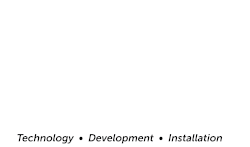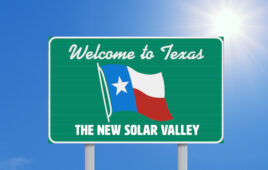 Many companies are committing to clean energy goals these days. But what does it really mean when a company sets a goal to be “energy independent” or “100% renewable?” Here’s a look at some commonly used terms, and what they mean–or in some cases, how they can be widely interpreted.
Many companies are committing to clean energy goals these days. But what does it really mean when a company sets a goal to be “energy independent” or “100% renewable?” Here’s a look at some commonly used terms, and what they mean–or in some cases, how they can be widely interpreted.
100% renewable
If a company pledges to be 100% renewable, and wants to be recognized for it, it can go through RE100. RE100 defines 100% renewable as: “Must match 100% of the electricity used across their global operations with electricity produced from renewable sources—biomass (including biogas), geothermal, solar, water and wind—either sourced from the market or self-produced.”
Energy independence
On the national level, this means the United States imports much less oil and creates as much energy as possible from within the borders. Pertaining to individual companies going solar, energy independence generally means producing as much renewable energy as it consumes.
Sustainability
This is the broadest term applied to renewable energy. According to the EPA, sustainability is “to create and maintain the conditions under which humans and nature can exist in productive harmony to support present and future generations.”
Renewable energy
The EPA defines it as resources that rely on fuel sources to restore themselves over short periods of time and don’t diminish. Examples include sun, wind, moving water, organic plant and waste material and the Earth’s heat. Some renewable energies can have minor impacts on the environment.
Green power
A type of renewable energy, these renewable resources provide the most environmental benefit and lowest impact. The EPA’s list of green power sources includes electricity produced from solar, wind, geothermal, biogas, eligible biomass and small hydroelectric sources.
Clean energy
Clean energy seems to be the most inclusive term in the energy category. Warren Leon, executive director of the Clean Energy States Alliance (CESA), started our call about the definition of clean energy by saying, “I’m not going to give you a clear or simple definition.”
He said clean energy is different from renewable energy because renewable is a technical term. “An energy source is either renewable or it’s not, so on some level that’s easy to define,” Leon said.
The term clean energy came about as a filler for everything that didn’t fit nicely into the “renewable” category. Things like fuel cells, natural gas and nuclear power can be considered clean energy, because they make less impact on the environment than fossil fuels.
CESA is a membership organization made up of different states, so the founders chose the term “clean energy” rather than a more specific term to encompass many different versions of the same vision: To develop and promote clean energy technologies and policies.
“We wanted to be that broad, because we knew that in terms of addressing states’ environmental and economic needs, they had to look at more than just renewable energy,” Leon said.
In some ways, the term should be “cleaner” energy than fossil fuels.
“Basically, it’s people making a judgment of where they draw the line on what they identify as environmentally beneficial technologies,” Leon said. “And different people are going to draw the line at different places.”
To read more about the trend of businesses going solar, click here.





I am very interested in your information, I am a community Coordinator and developer who wishes to achieve along with the community people some day soon, to form and build a Community CO-OP dedicated to provide solar systems installation and maintenance services to support, help and serve our community in OLMUE, CHILE. !!!